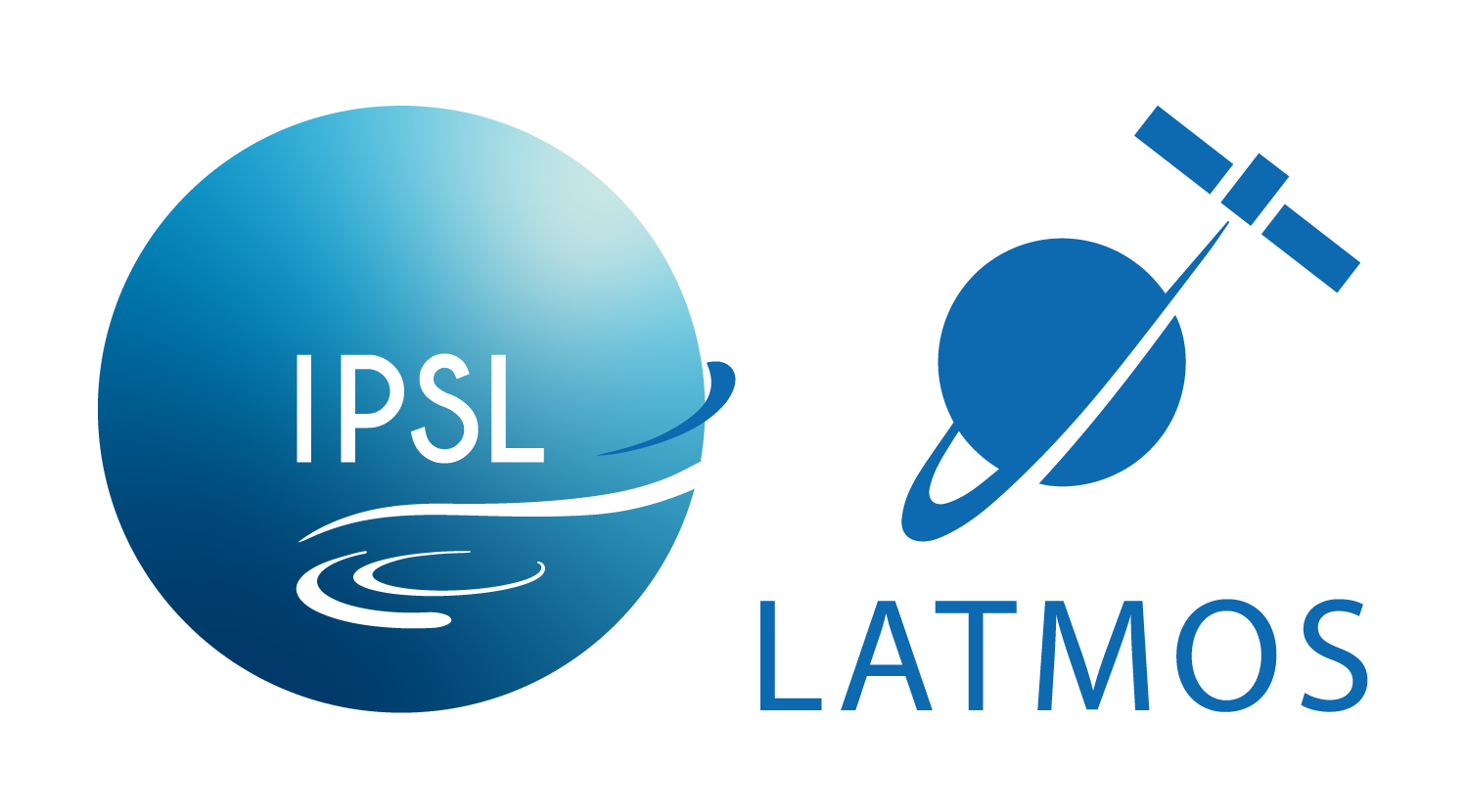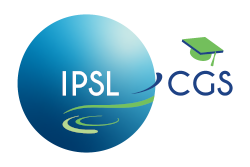Les offres
Si tu es intéressé·e par une offre de stage, rapproche-toi de l’équipe pédagogique de ta formation, pour faire valider l’offre de stage proposée.

Retrouve toutes les offres de stage et d’emploi.

 08-10-2025
08-10-2025
 Se ferme:
30-11-2025
Se ferme:
30-11-2025
 Vues: 64
Vues: 64

Polar atmosphere research has attracted major scientific focus in the latter years with an array of scientific questions around stratospheric perturbations like volcanism or extreme fire events. Those events may inject aerosols with different chemical compositions and large amount of gases like water vapor. The imprint of these events extends to polar areas through long range transported, with potential impacts on cloud formation and ozone depletion processi.
Remote sensing measurements using laser light (lidar) allow for characterization of the optical and physical properties of the chemical and particle composition in the atmosphere. In the frame of the NDACC network (Network for Detection of Atmospheric Composition Changes), lidar time series are acquired on the Dumont d’Urville (66°S – 140°E) Antarctic station in the frame of a program supported by the french polar institute IPEV.
We propose in this internship a thorough analysis of the 2024/2025 lidar measurement seasons to try to detect fine aerosol/cloud signatures and possible occurrence patterns using overall lidar signal properties and temperature throughout the year, also comparing groundbased measurements to the observations of the spaceborne ATLID lidar (EarthCARE mission) launched last year. Using the backscattering and depolarization coefficients, we derive aerosol/cloud type classification encompassing background sulfate aerosols, tropopause cirruses and polar stratospheric clouds, volcanic and biomass burning plumes. The careful speciation of aerosols also require air mass history and dedicated data inversion procedure (already available).
